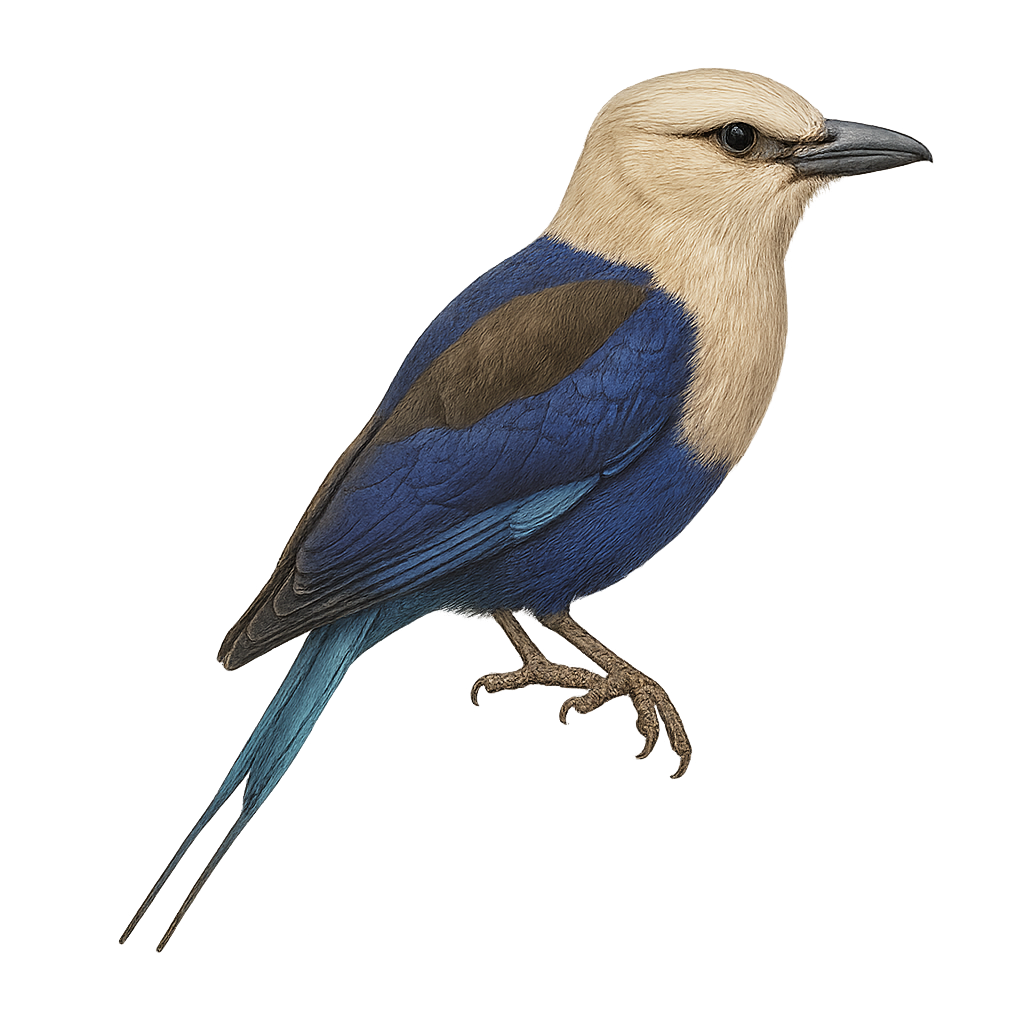Your wildlife photography guide.
Explore the blue-bellied roller in detail, study its behavior, prepare your shots.
Where to observe and photograph the blue-bellied roller in the wild
Learn where and when to spot the blue-bellied roller in the wild, how to identify the species based on distinctive features, and what natural environments it inhabits. The WildlifePhotographer app offers tailored photography tips that reflect the blue-bellied roller’s behavior, helping you capture better wildlife images. Explore the full species profile for key information including description, habitat, active periods, and approach techniques.
Blue-bellied Roller
Scientific name: Coracias cyanogaster

IUCN Status: Least Concern
Family: CORACIIDAE
Group: Birds
Sensitivity to human approach: Suspicious
Minimum approach distance: 10 m
Courtship display: March to May
Incubation: 17-19 jours
Hatchings: March to June
Habitat:
Savannas, open forests, wooded areas
Activity period :
Primarily active during the day, with peak activity in the morning and late afternoon.
Identification and description:
The Blue-bellied Roller is a fascinating bird known for its vibrant plumage and dynamic behaviors. It features a bright blue belly contrasting with brown and black wings and head. This bird is often seen in the savannas and open forests of West and Central Africa. It primarily feeds on insects but also consumes small reptiles and fruits. The Blue-bellied Roller is a social bird, often seen in small groups or pairs. It is known for its impressive aerial acrobatics, especially during the breeding season. Although its habitat is threatened by deforestation, it remains relatively common within its range.
Recommended lens:
400 mm – adjust based on distance, desired framing (portrait or habitat), and approach conditions.
Photography tips:
To photograph the Blue-bellied Roller, opt for early morning or late afternoon hours when the light is soft and highlights its vibrant colors. Use a 400mm lens or longer to capture precise details without disturbing the bird. Be patient and discreet, as this bird can be suspicious. Look for it in savannas or open forests, often perched on exposed branches. A tripod can be helpful to stabilize your camera during prolonged shots.
The WildlifePhotographer App is coming soon!
Be the first to explore the best nature spots, track rutting seasons, log your observations, and observe more wildlife.
Already 1 431 wildlife lovers subscribed worldwide

